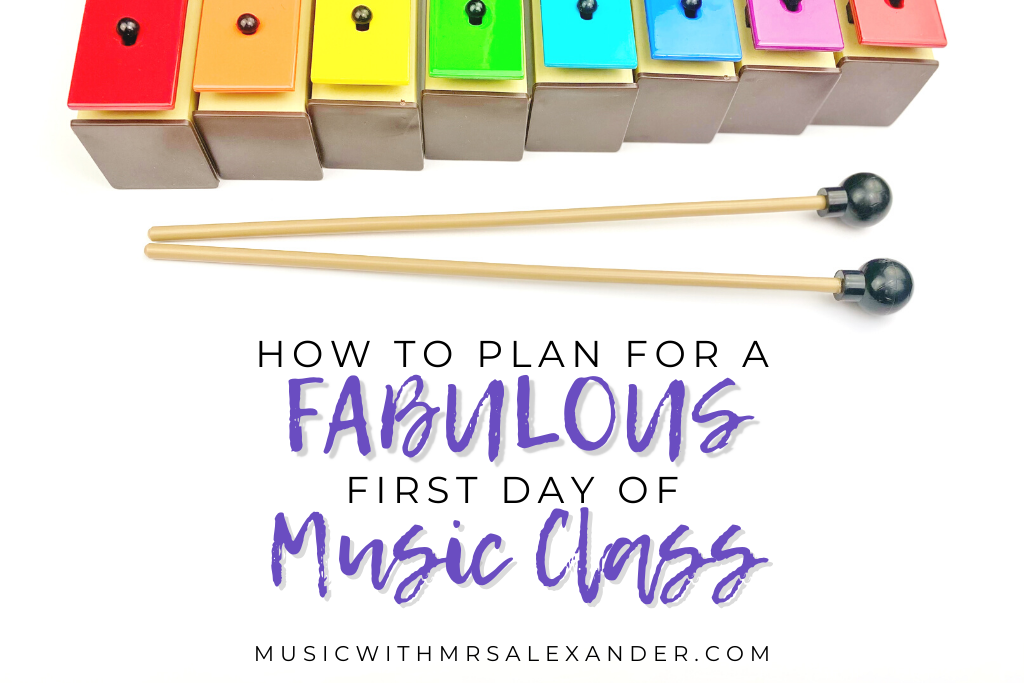
I don’t know about you, but for me, there’s nothing like beginning a brand new school year! Starting fresh with a blank slate is such an exciting feeling. And I know I am not alone in my love of new school supplies! But one thing that may not feel so exciting is nailing down plans for the first day of music class. If the thought of planning for the first day has you waking up in a cold sweat at night, I’ve got a few tips to make the first day of music class a blast for you and your students!
Preparing Your Room for the First Day of Music
I absolutely love decorating my classroom. Creating a bright and inviting space is my goal. However, I try to not go overboard on decorations. For many students, an overly-decorated learning space can be overwhelming. I make sure my decorations have a purpose, like my color-coded word wall. Each category is a different color so that my students can easily find the word they need. For example, if I ask a question about tempo, the answer will be on an orange card. Anything related to pitch is on a red card. Having this color-coded system helps my students expand their music vocabulary and use the correct terms when talking about music.
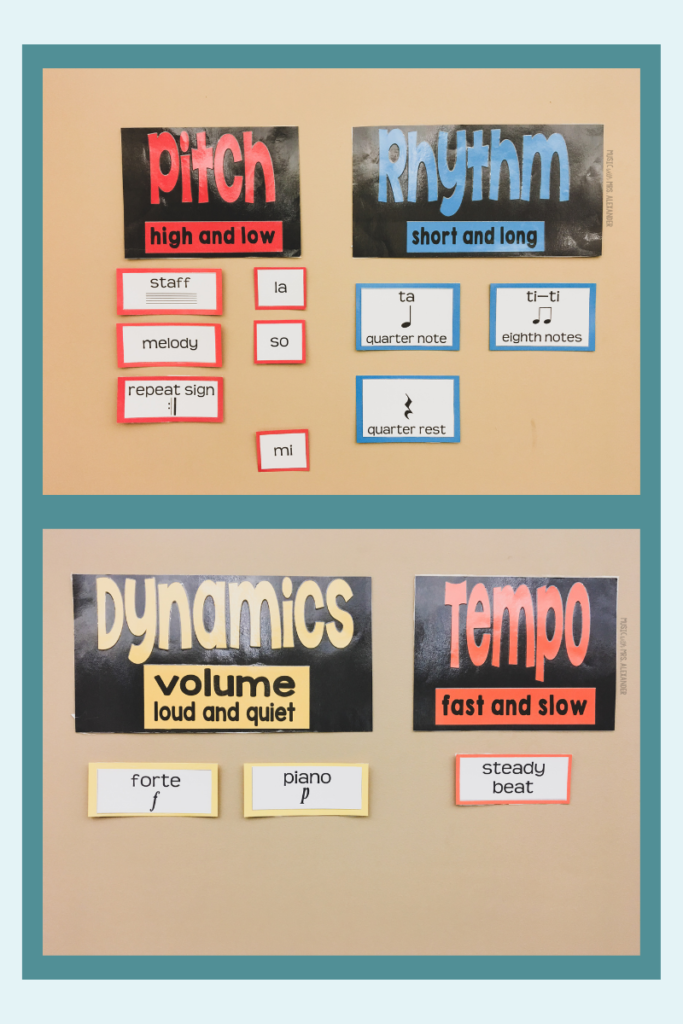
Anchor charts are another functional decor item I use a lot in my classroom. They help my students remember key concepts, and I enjoy making them. Win-win! My beat versus rhythm anchor chart gets a lot of use during the first music classes of the year. It’s a powerful tool for helping my students remember the difference between the beat and the rhythm of a song. It explains each concept in kid-friendly terms with a few pictures to help my beginning readers. It moves from place to place throughout the year, but it’s always on display in case we need it!
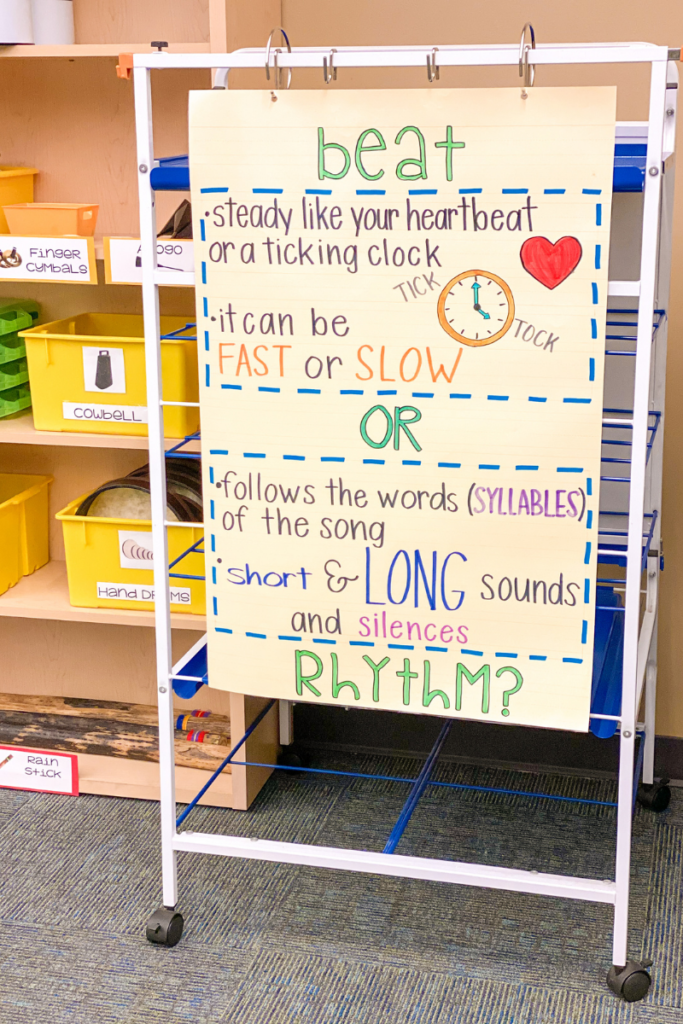
For seating, I use SitSpots in rows on the carpet. My students are divided into six groups (red, orange, yellow, green, blue, and purple), with four students per group. Within each group, I number the students from one to four. The color/number system makes dividing into groups super easy. I also use the SitSpots lines and star shapes to mark instrument spots and boundaries for games. They attach right to the carpet and are easily removable and repositionable. I arrange my seating so that everyone can see the interactive whiteboard and my large dry erase board on the adjacent wall.
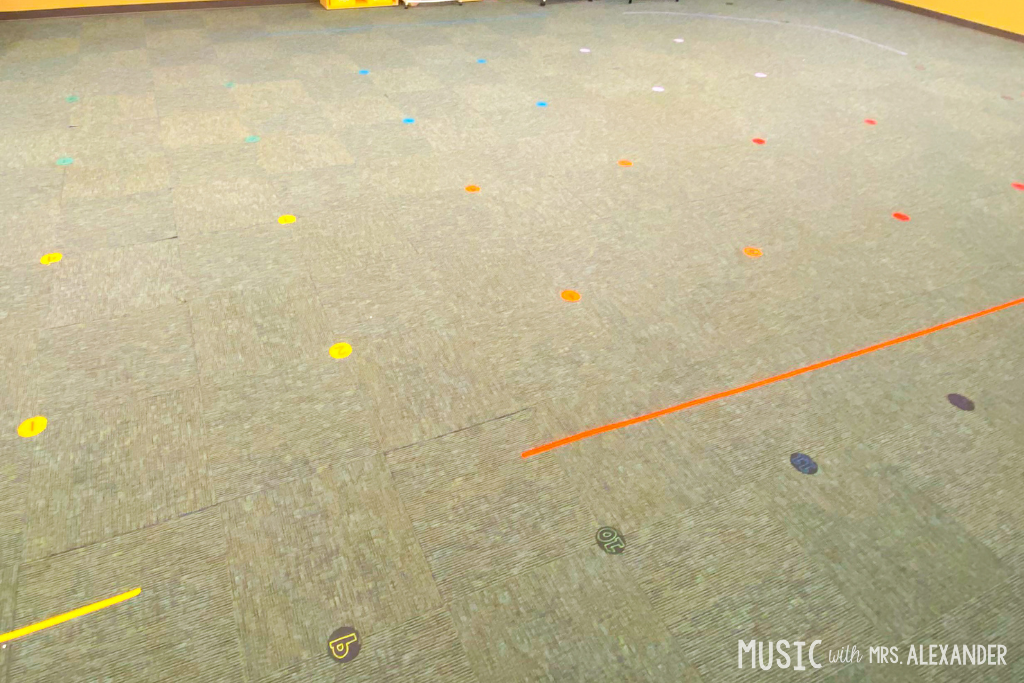
Having a nice open space is perfect for movement activities on the first day. I’m lucky to have a storage room attached to my classroom, so I have a place to stash my larger instruments when we aren’t using them. The smaller ones go in bins on two bookshelves in the back of the room. When we use instruments, I set up the smaller ones on rolling tables like these. The Orff instruments are on rolling stands, and we park them along the walls to maximize our floor space.
Classroom Management=Relationship Building
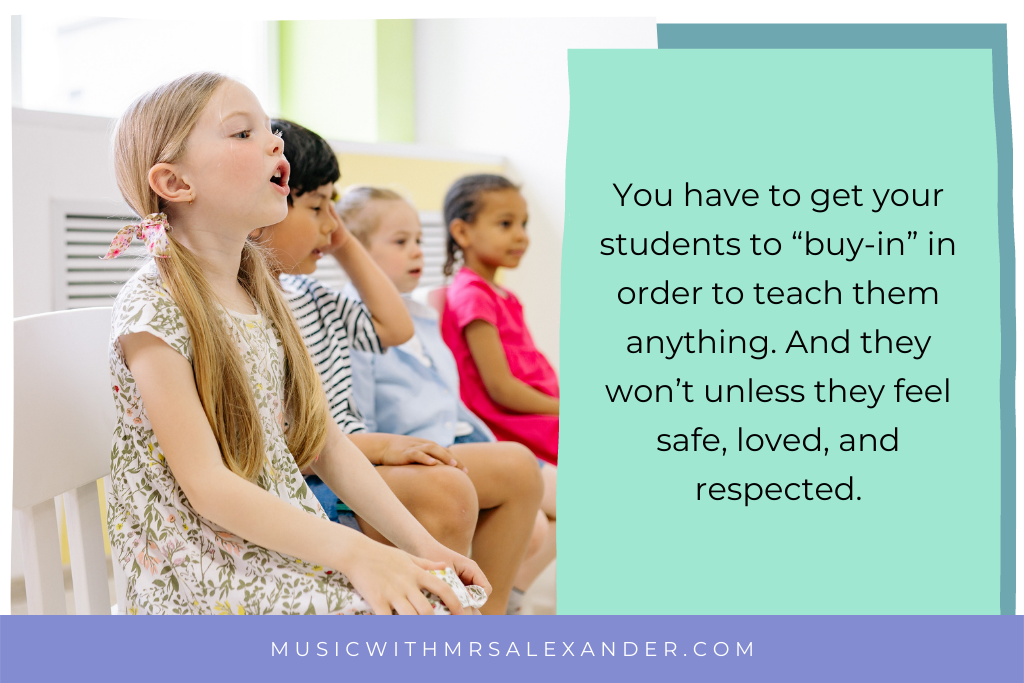
I know, I know. Everyone says relationships are the key to managing your classroom. And they are absolutely right. You have to get your students to “buy in” to teach them anything. And they won’t unless they feel safe, loved, and respected. Build relationships first, then establish your expectations. My students are younger, so I teach many of my expectations by praising positive behaviors. I also let A LOT of little things slide. They will sometimes talk out of turn, or not sit still, or do silly things. I save my energy for more serious behavior problems. In those first few weeks, classroom management in my classroom looks like practicing routines and lots of praise, coupled with not sweating the small stuff.
A great relationship-builder is taking time to learn your students’ names. Seating charts are a huge help with learning names. Our school has around 800 students, so learning names is a bit of a challenge! I also take the time to write out pronunciations on my seating charts. Every year I tell my students to correct me if I mispronounce their names. Once when I was in third grade, my teacher called me Muh-LANE-ee instead of MEL-uh-nee until January because I was too afraid to correct her. The only reason she stopped is that my friends told her she was saying my name wrong!
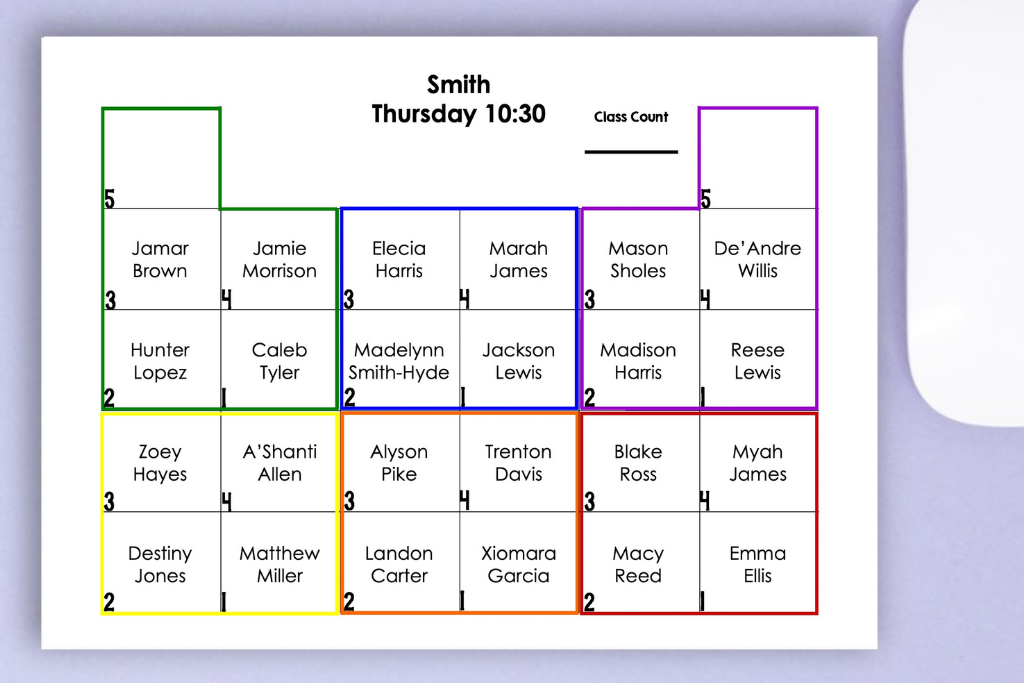
In addition to building relationships with my students, I try to foster a feeling of community within the classroom. Some of my kids don’t know how to positively interact with others because they don’t see positive interactions modeled in their everyday life. We practice encouraging and uplifting each other. We also practice using words when we feel that someone is being rude or mean. My goal is to create an environment where every student feels like they matter and feels safe enough to take risks.
Planning Activities for the First Day of Music Class
I try not to over-plan for the first day of music, but I like to have several activities at hand if the lesson moves faster than expected. When I select activities for the first day, I try to make them as engaging as possible without a ton of downtime. Here are a few of my staple activities for those first few lessons.
Movement Activities
I like getting my students up and moving during their first music class. Songs with movement, singing games, and moving to the steady beat are great ways to incorporate movement into your lessons. One of my favorite first-day activities is the song Clap Your Hands. I typically use this song with first grade. We start by performing the movements in place while reviewing steady beat from kindergarten. Then, I have the students walk around the room to the steady beat while I play the interlude on my recorder. When the interlude stops, the students stop moving, and we sing the next verse while performing the movement to the steady beat.
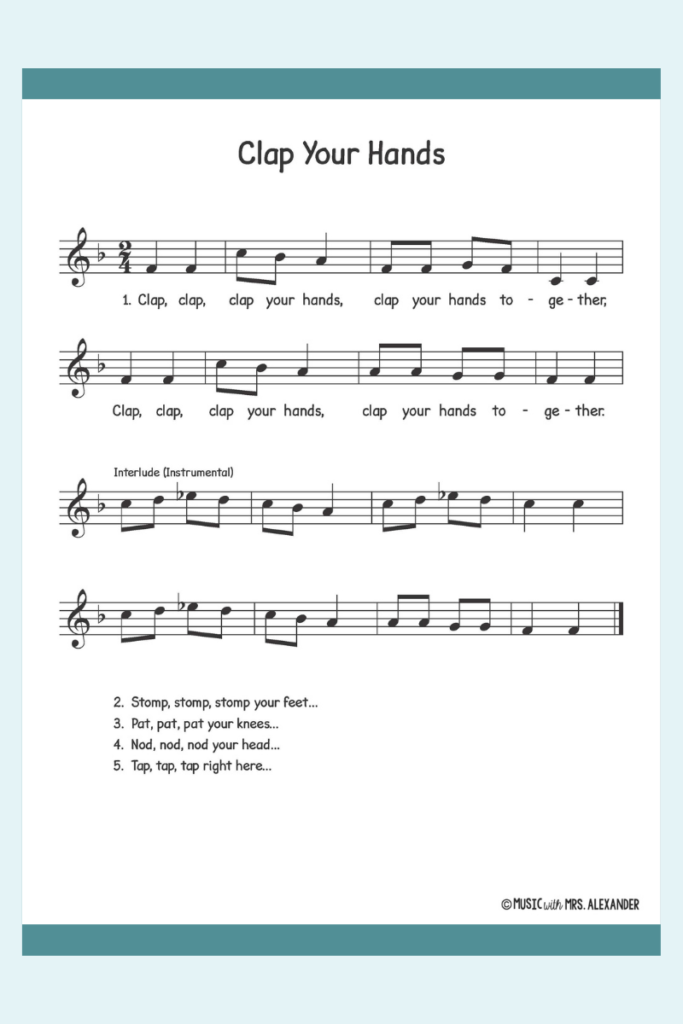
Singing Games
Games are a great way to pull in even the most reluctant students! Apple Tree is one that my students ask for over and over. First, we learn the song by rote, one phrase at a time. Then, we put the phrases together and sing while patting the steady beat on our laps. Once they have mastered that, we make a circle and practice walking to the steady beat while singing. To play the game, two students create an arch with their arms. Then, the rest of the class walks through the arch to the steady beat while singing. On the word “out,” the arch comes down and traps a student (or students). They get added to the tree, and the game continues. The game ends once everyone has been caught, or once we have played a couple of rounds and no one has been caught.
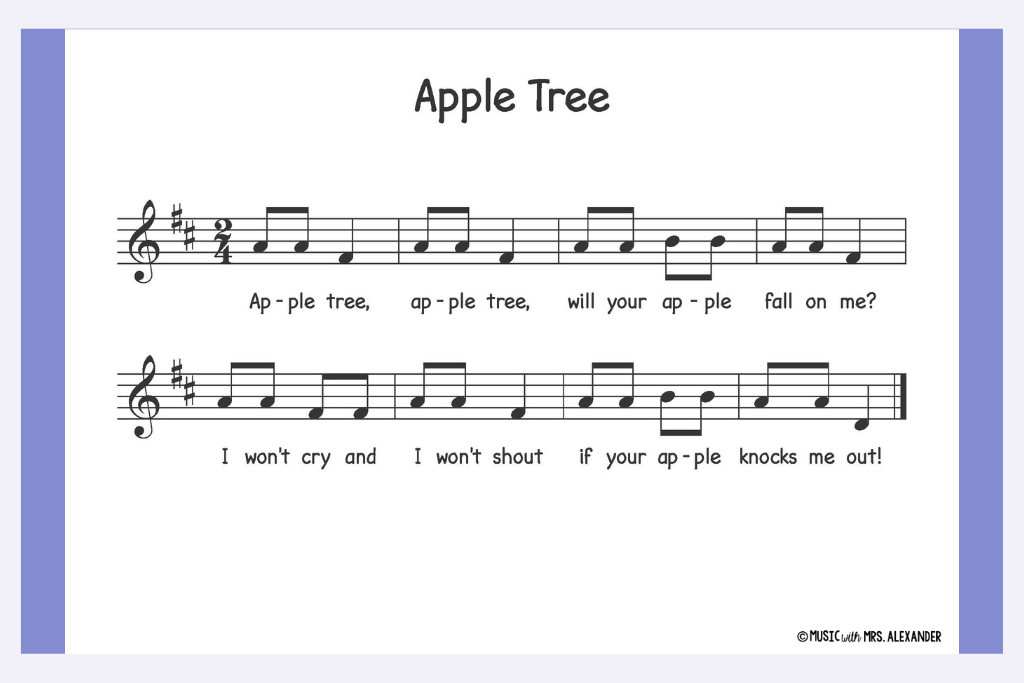
Echo Singing
I start echo singing with my first and second graders on day one. It’s great for matching pitch and for helping students to use their head voices. Come Back Home My Little Chicks is a fun call and response song that I use for practicing sol-mi patterns. Plus, there’s a fun circle game that goes with it! I start by teaching the response–we echo the phrases, and I add movement to help my students remember the words. Once they are comfortable with that part, we sing the song in call-and-response form. I sing the call, and they sing the response. Then, we play the game. After a few rounds of the game, they are usually ready to sing both parts by themselves!
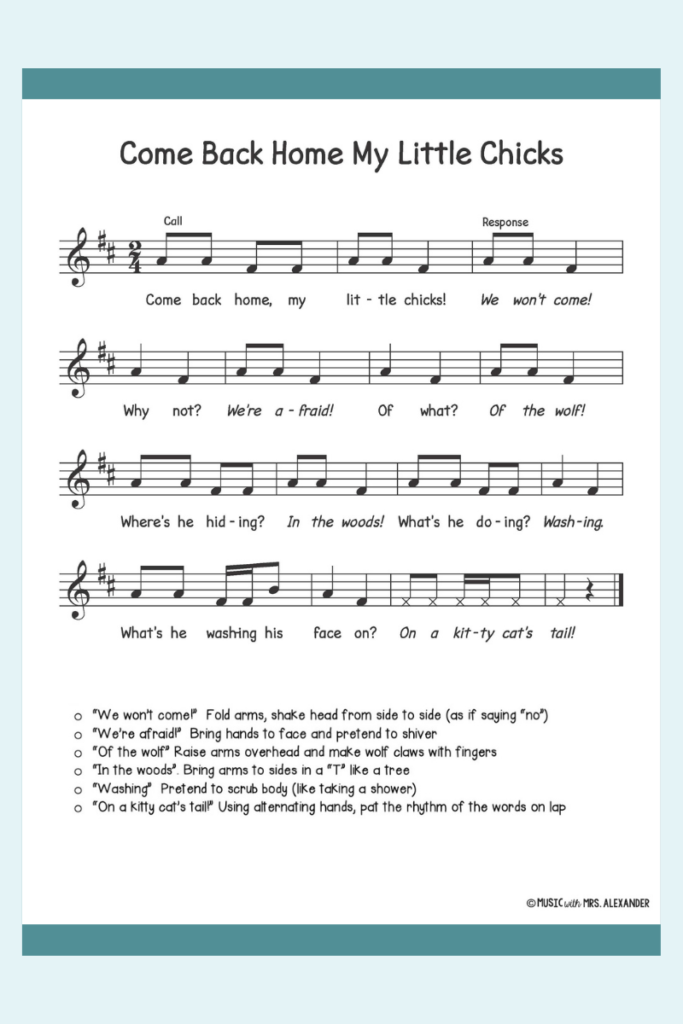
I hope these tips help you feel a little less anxious about creating your plans for the first day of music class. Remember, the most important thing is to make music and have fun! Planning for the first day and beyond? Check out this post and download your FREE K-2 sample scope and sequence here!
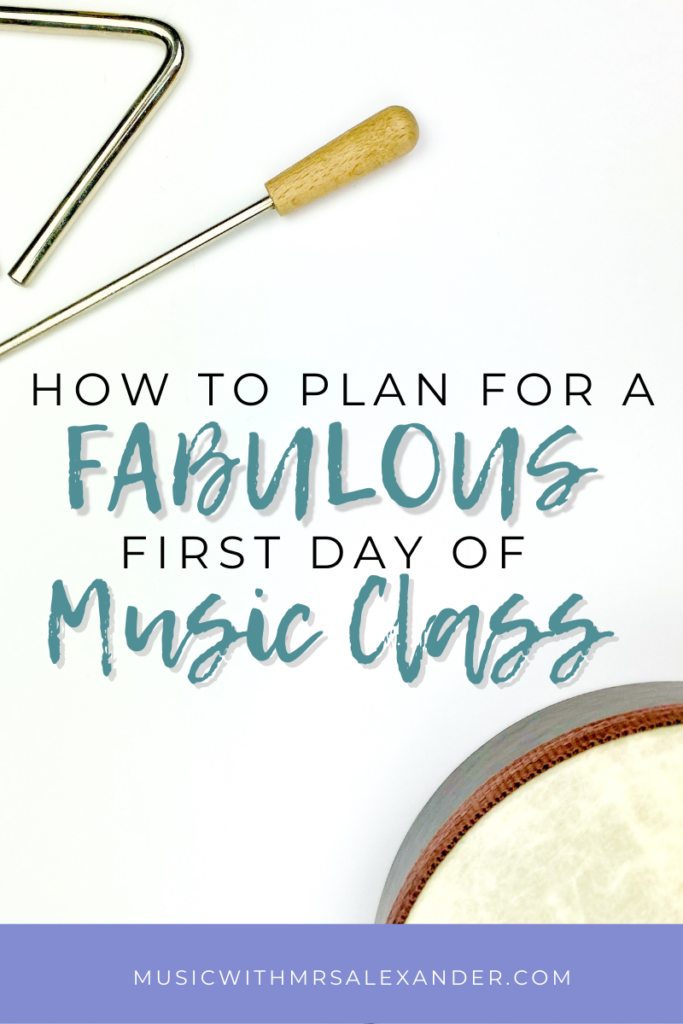
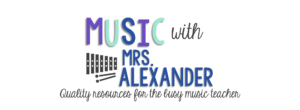





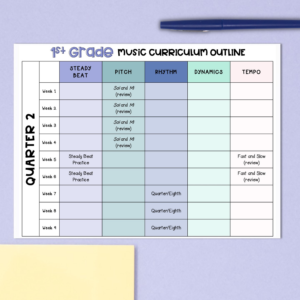
2 Responses